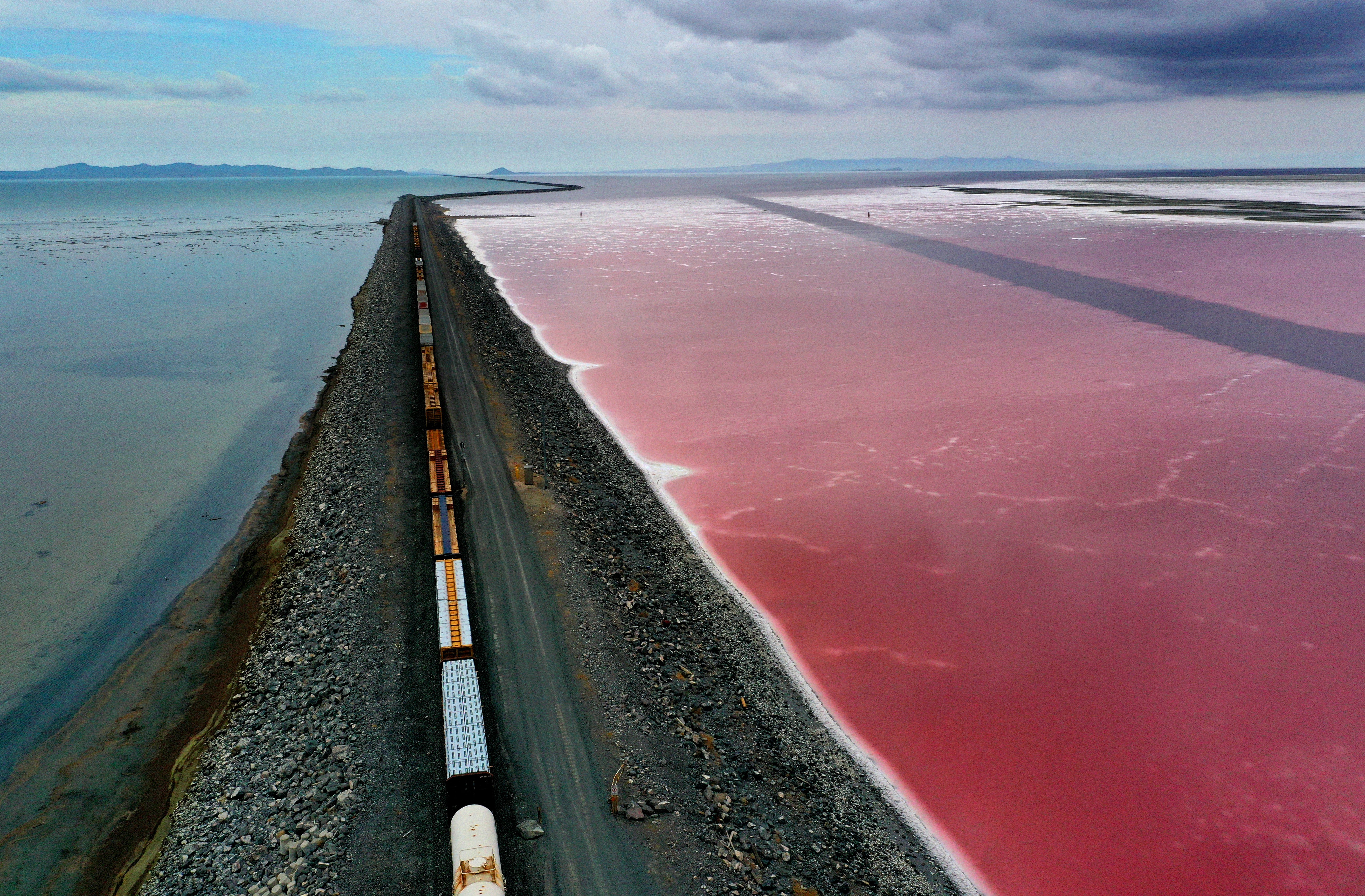Did you know that the Great Salt Lake in Utah features a unique railroad causeway that divides the lake into two distinct bodies of water? This fascinating structure plays a significant role in the lake’s ecology and hydrology.
Constructed in the 1950s, the causeway was built to facilitate transportation and commerce across the lake. It stretches approximately 20 miles and was originally intended for the railroad, but it has also impacted the water levels and salinity of the lake on either side.
The causeway effectively separates the Great Salt Lake into two sections: the northern arm and the southern arm. Each of these sections has different salinity levels due to the restricted flow of water between them. The northern arm is generally saltier than the southern arm, which affects the types of wildlife that can thrive in each area.)
The varying salinity levels create distinct habitats for different species of birds and aquatic life. The Great Salt Lake is a crucial stopover point for migratory birds along the Pacific Flyway, making it an essential location for birdwatchers and nature enthusiasts.